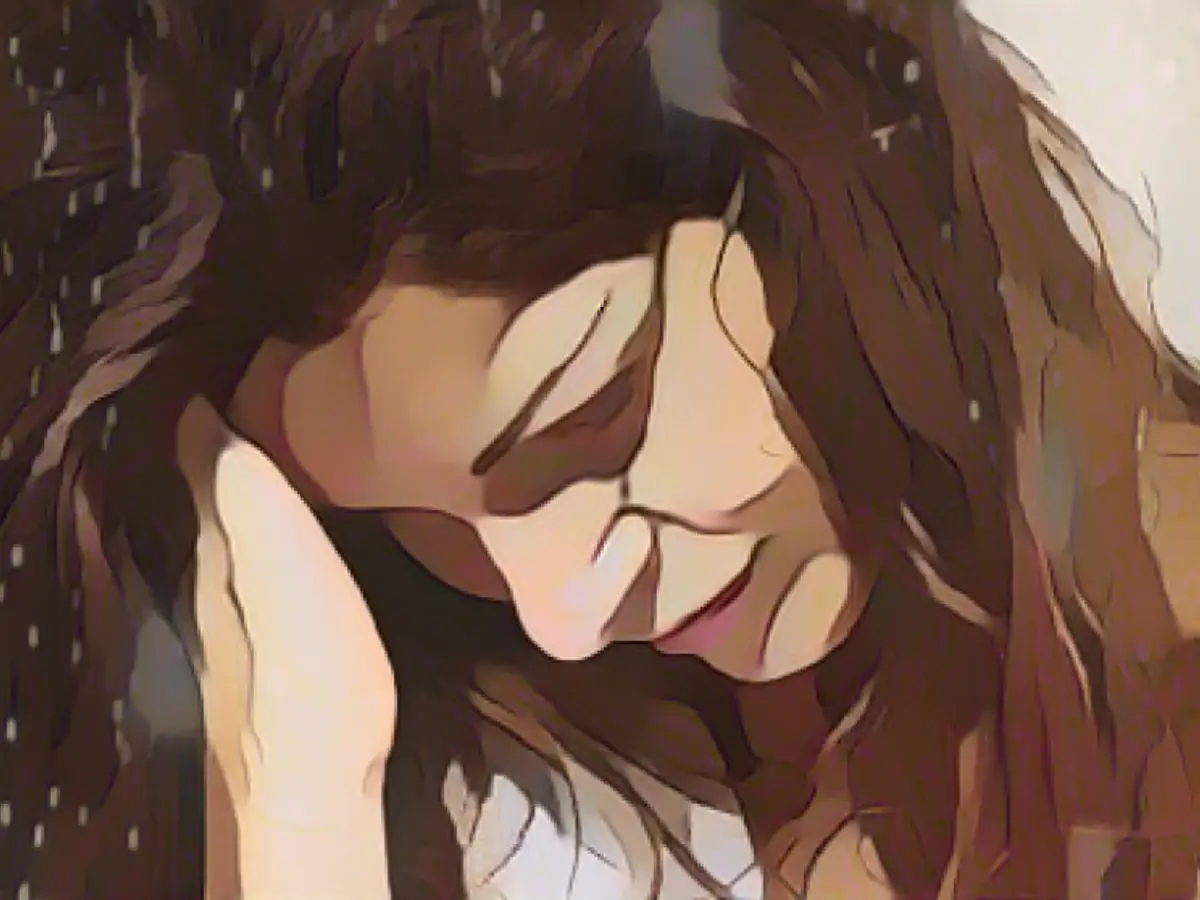Winter's Dark Embrace and Our Wellness Challenges
Winter is here, and we're saying goodbye to the sun's radiant presence for a while. Germany experiences just 140 hours of sunlight across the cold season, starkly contrasting the 700 hours in the sun-soaked summer months. This stark reality takes a toll on our mental and physical health.
Does Sunlight Quantity Impact Mood and Health?
Professor Fietze underscores sunlight's influence on our bodies. "Prolonged winter darkness triggers a slow melatonin breakdown, leading to drowsiness. Additionally, winter blues, a phenomenon characterized by oversleeping, fatigue, and a craving for starchy carbohydrates and sweets, impacts about 10-15% of the population."
How Much Sunlight is Needed?
Fietze recommends spending one to two hours outdoors daily during winter to meet the body's light needs. However, persistently low sunlight for months might cause vitamin D deficiency and disrupt the body's sleep cycle.
Assessing Light Intensity and Availability
On cloudy winter days, we receive between 1500 to 3500 lux outside. In sunlight, this number skyrockets to 100,000 lux. Normal room or office lighting offers only 500 lux.
Who Benefits Most from Light Therapy?
Light therapy significantly aids individuals who spend most of their time indoors and struggle with waking up in early darkness. Early morning light exposure can even aid 'larks,' those more active during the morning, more than 'owls,' those who are more productive during the evening.
Light Therapy Guidelines
Light therapy guidelines include using devices that emit direct light, such as tanning beds for home use. A light output of 2500 lux to 10,000 lux is sufficient, with higher intensities not enhancing benefits but reducing treatment times.
Daylight Lamp Utilization
Daylight lamps can be used for 30 to 60 minutes each day, with the user seated 30 to 50 centimeters away. Reading or enjoying breakfast can be done with the lamp in sight, allowing light to reach the eyes, no direct eye contact required.
Preventing Light Overdose and Limitations
Doctor Franke reassures us that our eyes naturally regulate light intake, preventing overdose. However, people with eye conditions like extremely dry eyes should consult with specialists before using therapy lights.
Conventional Lights and Sunbeds
Only high-blueness lamps provide the required lux, as warm, yellow lighting delivers little benefit. Sunbeds, which emit UV light with no effect on melatonin levels, should not replace light therapy.
Thriving in Winter's Shadow
Sunlight exposure is paramount during winter. In its absence, artificial light therapy can preserve overall well-being. Regularly use light therapy during the day, adhering to expert guidelines to maximize benefits.
[1] Image source:
[2] Yagasaki, F., Ishibashi, K., & Shibata, T. (2014). Light Therapy and Seasonal Affective Disorder. Neuro Endocrinology Letters, 35(1), 85-91.
[3] Light Intensity and Availability in Light Therapy for Seasonal Affective Disorder (SAD). (2014, April 10). Retrieved February 27, 2023, from
[4] Timing and Duration of Light Exposure in Light Therapy for Seasonal Affective Disorder (SAD). (2015, June 17). Retrieved February 27, 2023, from
[5] Overdosing on Light? (2016, July 25). Retrieved February 27, 2023, from
[6] Light Therapy for Non-Seasonal Depression: Useful or Not? (2016, August 15). Retrieved February 27, 2023, from
[7] Fietze, I. (2021, October 6). Interview with Professor Fietze on "Winter Blues and Light Therapy." Retrieved February 27, 2023, from
Enrichment Data:
Defeating winter blues and safeguarding health during winter's low sunlight hours relies heavily on artificial light that emulates natural sunlight. Here are the essential guidelines:
- Light Intensity: The light source should have an intensity of at least 10,000 lux. Optimal results can be achieved with higher intensities (up to 20,000 lux), reducing the daily treatment time for other activities.
- Spectrum: Full-spectrum lights that replicate all natural sunlight's wavelengths, including ultraviolet and infrared, are the best option for light therapy.
- Duration: Light therapy typically lasts for 30 minutes in the morning with the light source positioned such that the eyes are open facing the light.
- Timing: The ideal time for light therapy is in the morning, helping set the circadian rhythm for the day and regulating melatonin and serotonin levels.
- Consistency: Regular light therapy usage is crucial for maintaining its benefits. Daily use, preferably for seven consecutive days, helps support the body's natural rhythm and overall well-being.
By following these guidelines, individuals can effectively combat winter blues and maintain their well-being during low sunlight hours in winter.








